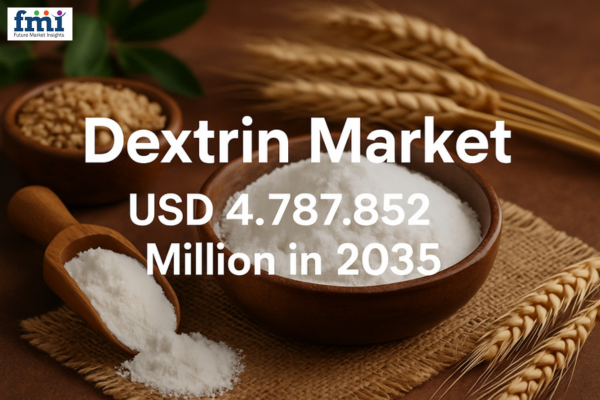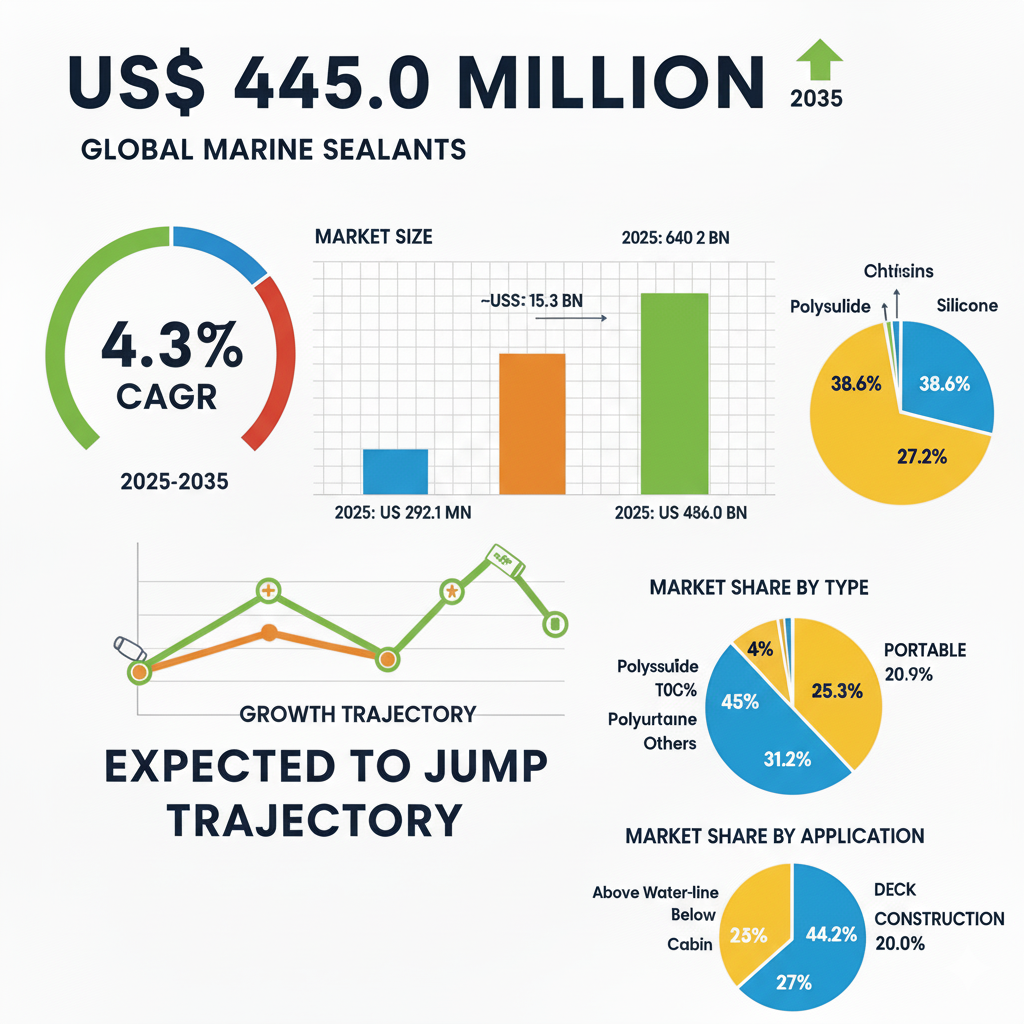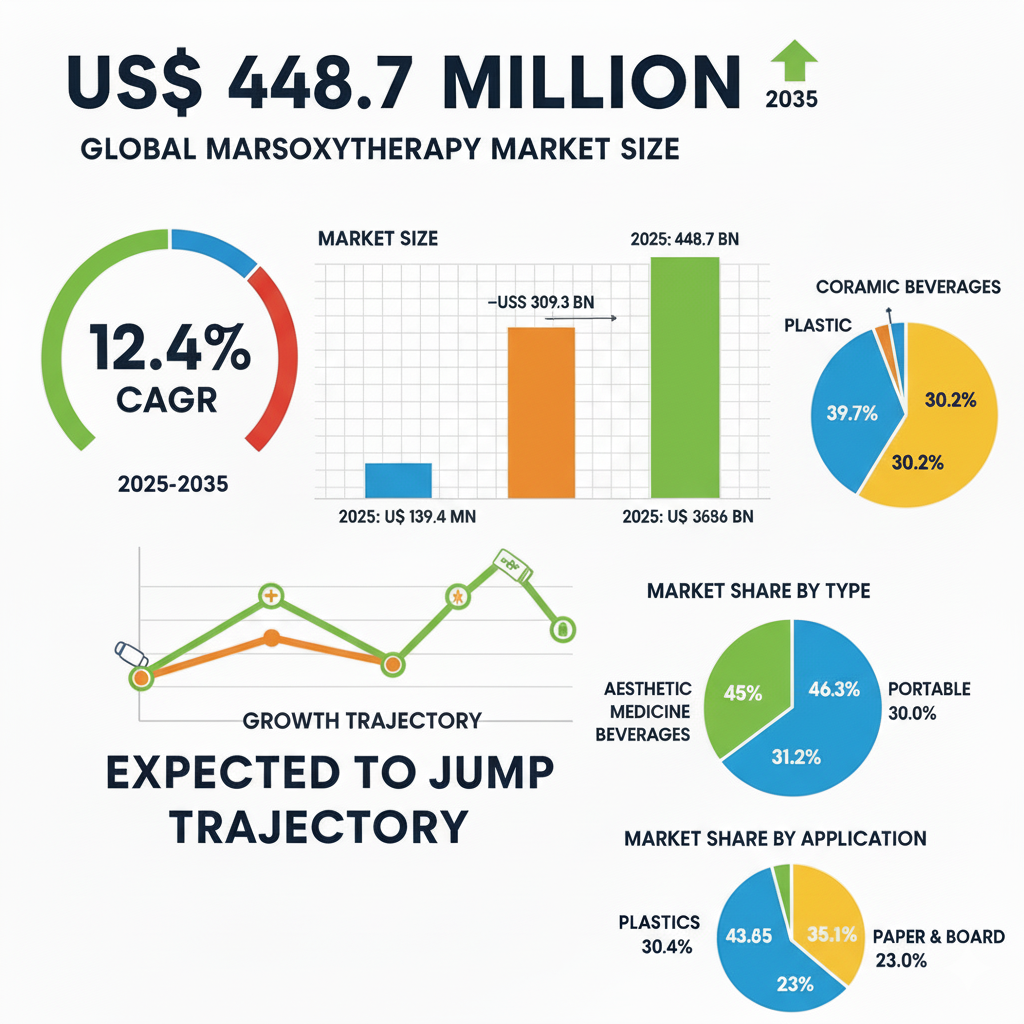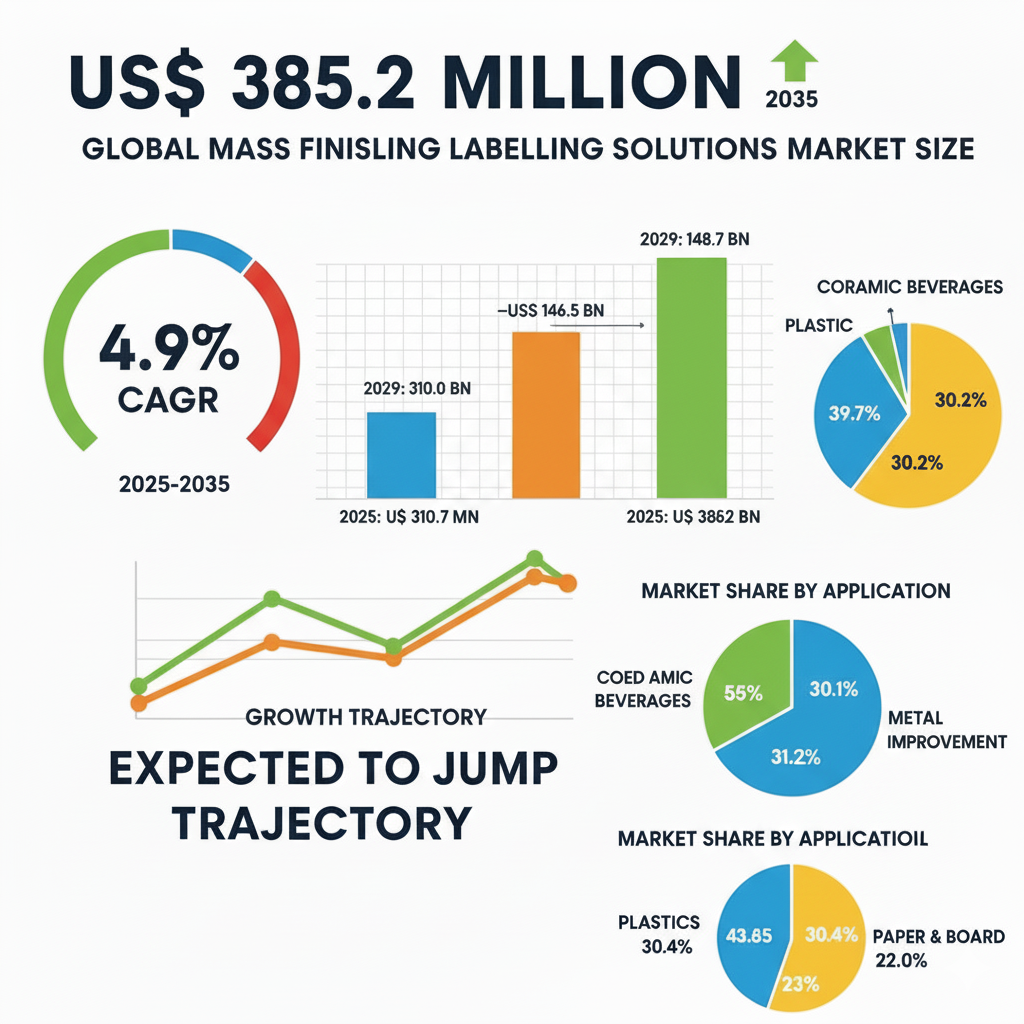The global dextrin market is projected to expand at a steady CAGR of 3.6% from 2025 to 2035, rising from USD 3,361.6 million in 2025 to an estimated USD 4,787.9 million by 2035. This growth is primarily driven by increasing demand from the food, pharmaceutical, and industrial sectors. Dextrin, a colorless and odorless carbohydrate derived from starch or glycogen hydrolysis, is widely used across several industries for its binding, thickening, and adhesive properties.
Dextrin is rarely consumed directly; instead, it plays a vital role in processing and enhancing food texture, viscosity, and shelf stability. Beyond food applications, dextrin serves as a stiffening agent in textiles, a component in pharmaceutical tablets, and as an adhesive in glues. The expanding base of small and medium-sized food processors and rising consumer preference for plant-based, low-calorie ingredients are poised to significantly drive market growth over the next decade.
Access Your Sample Report Today: https://www.futuremarketinsights.com/reports/sample/rep-gb-3227
Clean Label Trends Drive Food-Grade Dextrin Demand
Dextrins, particularly white dextrin and yellow dextrin, are gaining recognition for their multifunctional roles in food processing, offering texture, viscosity control, and acting as dietary fiber replacements in low-calorie foods.
Key insights:
- Rising preference for clean label dextrin trends in functional foods has opened new opportunities for food manufacturers.
- Corn-based dextrin demand in bakery and snacks is growing due to its binding and crisping properties.
- Gluten-free and low-sugar diets are further propelling the use of gluten-free binders such as dextrin in processed food items.
The demand is notably higher in regions like North America and Europe, where consumers increasingly seek organic dextrin products that align with wellness-driven diets.
Industrial and Pharmaceutical Applications Expand Market Reach
The industrial applications of white and yellow dextrin span from adhesives to textile sizing agents, where dextrin offers excellent water-soluble polymer characteristics and biodegradability.
In the pharmaceutical sector:
- Dextrins serve as pharmaceutical excipients, helping in tablet formulation and controlled-release medication.
- Growing demand for high-solubility dextrin for pharmaceuticals and nutraceuticals is being observed in Asian markets and emerging economies.
Furthermore, innovation in low-viscosity dextrin and functional carbohydrates is enhancing product performance and broadening applications beyond traditional use.
Biodegradable Adhesives Fuel Packaging Sector Growth
The global packaging industry is swiftly adopting dextrin adhesives as sustainable alternatives to synthetic glues. These adhesives are derived from hydrolyzed starch, making them biodegradable and safe for food contact applications.
Highlights:
- Environmentally-conscious brands are prioritizing biodegradable adhesives to meet regulatory compliance and sustainability goals.
- Dextrin-based glues are preferred in envelope sealing, carton closing, and label pasting due to their non-toxic nature.
As eco-friendly policies tighten, this segment is likely to witness accelerated growth, particularly in Europe and Southeast Asia.
Gain Full Market Perspective – Get the Full Report: https://www.futuremarketinsights.com/reports/dextrin-market
Competition Outlook
The global dextrin market remains moderately fragmented with the presence of both multinational corporations and regional manufacturers. Leading players are investing in product purity, functional ingredient portfolios, and certification standards to capture niche demand segments such as gluten-free, organic, or pharmaceutical-grade dextrins. Strategic alliances between starch manufacturers and nutraceutical firms are further shaping the competitive landscape.
- Corn Products International
- Roquette Frères
- Cargill, Incorporated
- Ingredion Incorporated
- Tate & Lyle
Region-wise Insights
United States
The U.S. dextrin market is seeing sustained growth due to its extensive use in food & beverages, pharmaceuticals, and industrial adhesives. The clean-label movement and low-calorie food innovations continue to support market expansion.
CAGR (2025–2035): 3.8%
United Kingdom
Dextrin demand is rising slowly, fueled by its use in functional foods and its fiber-enhancing properties. Its role in non-food applications like paper and textiles is also growing.
CAGR (2025–2035): 3.6%
European Union
A strong shift toward plant-based diets and increasing supplement intake is boosting dextrin consumption. EU regulations favoring natural ingredients are propelling market growth.
CAGR (2025–2035): 3.2%
Japan
High demand in dietary supplements, pharmaceutical coatings, and elderly nutrition solutions is fueling Japan’s dextrin market. Premium, non-GMO variants dominate.
CAGR (2025–2035): 3.4%
South Korea
South Korea’s dextrin market benefits from government-backed health food initiatives. A strong shift toward Western food trends and dietary supplements aids adoption.
CAGR (2025–2035): 3.6%






